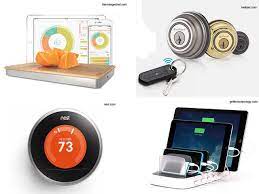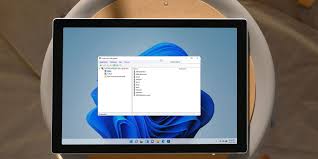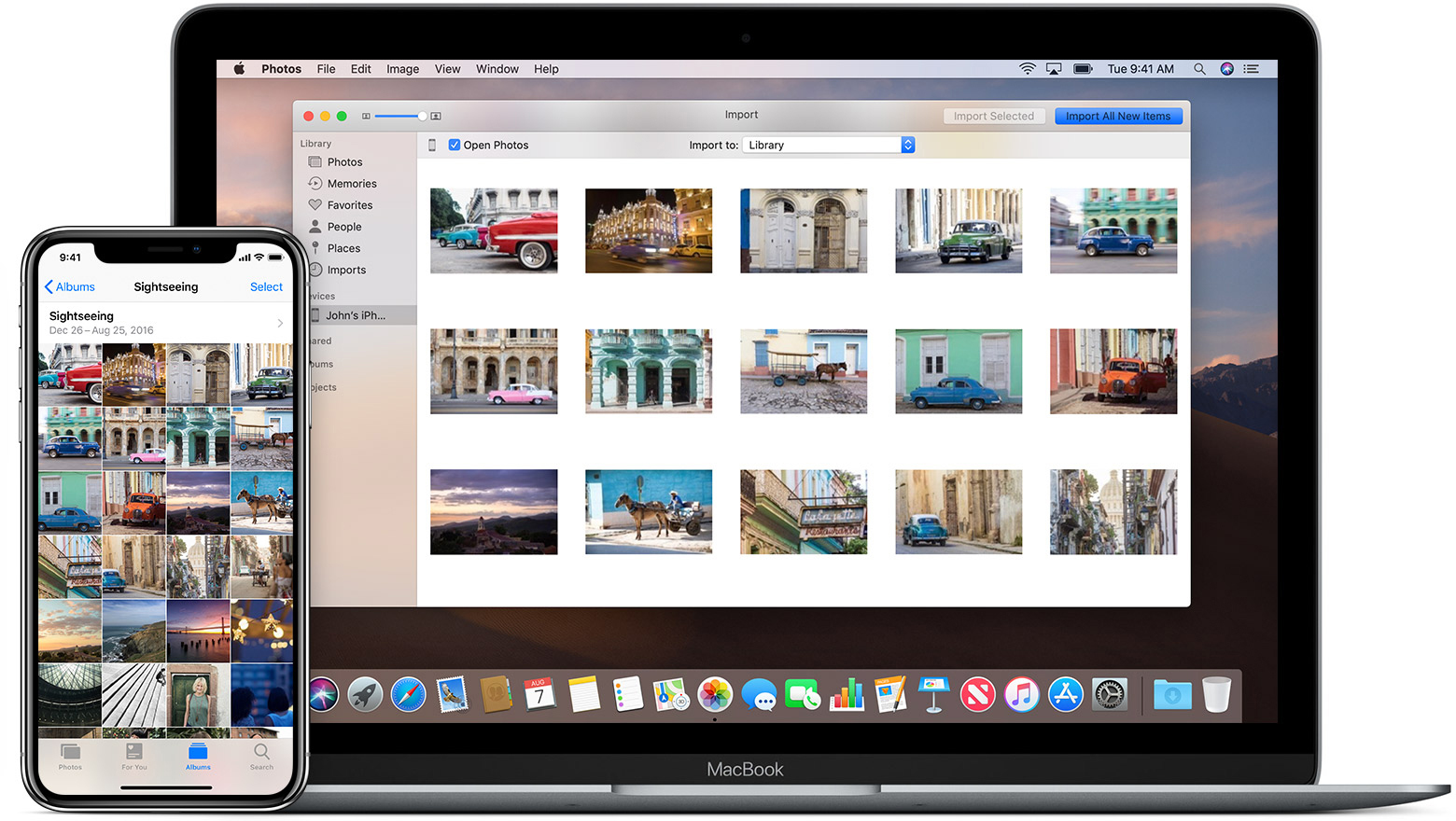The Ayushman Bharat Yojana, now called the Pradhan Mantri Jan Arogya Yojana (PMJAY), aims to be one of the world’s largest health insurance schemes. It aims to offer a health insurance plan of Rs. 5 lakh annually per family for secondary and tertiary care hospitalization, benefiting over 12 crore vulnerable families. The selection of households is based on the deprivation and occupational criteria outlined in the Socio-Economic Caste Census 2011 (SECC 2011) for rural and urban areas respectively.
PMJAY is a fully funded initiative by the Government, with implementation costs shared between the Central and State Governments. By alleviating the financial burden of healthcare expenses, PMJAY strives to ensure equitable access to quality medical services, thus contributing significantly to the welfare and well-being of millions of families across India.
What is the Ayushman Bharat Yojana?
The Ayushman Bharat Yojana, also known as Pradhan Mantri Jan Arogya Yojana is a healthcare scheme launched by the Government of India. It aims to provide health coverage to the economically challenged sections of the society. Launched in September 2018, it is the world’s largest government-funded healthcare program.
The Ayushman Bharat Yojana offers cashless healthcare benefits of up to Rs. 5 lakh per eligible family per year. The benefits can be availed at impaneled hospitals and healthcare providers across the country. As one of the most significant healthcare schemes (Health Insurance) on a global scale, it aims to cover approximately 50 crore people in India.
The PMJAY scheme offers a range of healthcare services. They include diagnostic tests, doctor consultations, and treatment for a variety of diseases. It also covers secondary and tertiary hospitalization expenses. Also, Intensive care unit (ICU) charges and other related medical expenses.
What is an Ayushman card?
The national health authority issues the Ayushman card, which offers access to a network of public and private hospitals across India. You can use this card to avail of cashless treatment and hospitalization at these network hospitals. It is similar to another government initiative ABHA health card.
Top Benefits of the PMJAY scheme
Here are the top 10 primary benefits of the PMJAY scheme for the vulnerable sections of society.
1. Healthcare cover of Rs. 5 lakh per family
Launched in September 2018 by the Prime Minister, the Ayushman Bharat Yojana aims to cater to 50 crore beneficiaries. It provides a health cover of Rs. 5 lakh to families living below the poverty line. The health coverage is free, as the central and state governments pay the annual premiums in a 60:40 ratio.
2. All families listed in the SECC database to be covered
Beneficiaries for the scheme are picked up from the Socio-Economic Caste Census (SECC) of 2011. These ten crore beneficiary families comprise eight crore families from the rural areas and two crore families residing in urban India.
3. Priority to the girl child, women, and senior citizens
There is no cap on the family size and age as this health cover is inclusive for all. Moreover, the scheme holds women, children, especially girls, and those over 60 in special regard.
4. It includes secondary and tertiary care
The scheme provides those in need to get secondary healthcare benefits offered by specialists like cardiologists and urologists. Moreover, advanced medical treatment like that for cancer, cardiac surgery, and others is also covered.
5. All pre-existing diseases covered
The PMJAY covers pre-existing illnesses and makes mandatory treatment in all public hospitals, unlike most other insurance covers. This means that those who require medical care cannot be turned away.
6. Cashless and paperless registration and administration
Removing the burden of out-of-pocket expenses, PMJAY aims to make the entire process of paying for healthcare cashless. Additionally, PMJAY beneficiaries can seek treatment across India.
7. Substantial reduction of out-of-pocket expenditure
All public and impaneled private hospitals cannot charge any extra payment for medical care from all PMJAY beneficiaries. This is to reduce any corruption or delay in services.
8. Private sector participation in helping to achieve public health goals
Since the scheme covers such a large population, it will be purchasing services from private healthcare providers. This scheme is also expected to encourage the production of more affordable healthcare equipment and drugs.
9. Improvement of the quality of life of the population
This scheme will improve the quality of life of the weaker sections of society. They will get timely care and finances to tackle their health issues.
10. Broadening the health insurance network
PMJAY will lead to better infrastructure development in rural and under-served areas across the country. This will lead to more Indians having access to healthcare. The government has created 1,350 medical packages that cover a range of health services. This includes daycare treatment, surgery, hospitalization, and medicines with the PMJAY health cover.
What are the key features of the Ayushman Bharat (PMJAY)?
Given below are the key Ayushman Bharat card benefits:
Cashless healthcare:
Under the scheme, eligible individuals can avail of cashless healthcare services for up to Rs. 5 lakh per family per year. The service can be availed at impaneled hospitals and healthcare providers.
Eligibility criteria:
The scheme is available to families that are identified as deprived and vulnerable based on the Socio-Economic Caste Census (SECC) 2011 data.
Health coverage:
PMJAY provides coverage for a range of health services, including medical procedures, diagnostic tests, consultation, and treatment for a variety of ailments and diseases. It also covers secondary and tertiary hospitalization expenses.
Pan-India coverage:
The scheme is applicable across the country, and eligible individuals can access healthcare services at any impaneled hospital or healthcare provider, regardless of their location.
Paperless and cashless transactions:
The PMJAY scheme operates in a paperless and cashless mode. All transactions made under the scheme are done through an online portal, eliminating the need for cash transactions.
Pre and post-hospitalization expenses:
PMJAY provides coverage for pre-hospitalisation expenses for up to 15 days before hospitalisation and post-hospitalisation expenses for up to 60 days.
Portability:
The scheme provides portability of benefits, allowing beneficiaries to access healthcare services at any impaneled hospital or healthcare provider, regardless of their location.
No age limit:
PMJAY does not have any age limit, and all eligible individuals can benefit from the scheme’s coverage.
Impaneled hospital network:
PMJAY has an extensive network of impaneled hospitals and healthcare providers across the country, ensuring that eligible individuals can access healthcare services without any hassle.
List of critical diseases covered under the Ayushman Bharat Health Scheme
Given below is the list of diseases covered under PMJAY:
Cancer
Kidney diseases
Heart diseases
Liver diseases
Respiratory diseases
Neurological disorders
Mental illnesses
Burn injuries
Neonatal diseases
Congenital disorders
Communicable diseases (such as tuberculosis and malaria)
Daycare procedures and surgeries
Eligibility for PM-JAY healthcare scheme in rural and urban areas
The scheme has defined beneficiaries for rural and urban areas. Given below is the distribution for the same:
Rural beneficiaries
D1- Only one room with kucha walls and kucha roof.
D2- No adult member between ages 16 to 59.
D3- Households with no adult male member between ages 16 to 59.
D4- Disabled member and no able-bodied adult member.
D5- SC/ST households.
D7- Landless households derive a major part of their income from manual casual labor.
Urban beneficiaries
For urban areas, the following 11 occupational categories of workers are eligible for the scheme:
Ragpicker
Beggar
Domestic worker
Street vendor/cobbler/hawker/other service provider working on streets
Construction worker/ plumber/mason/labor/painter/welder/ security guard/ coolie and another head-load worker
Sweeper/sanitation worker/mali
Home-based worker/artisan/handicrafts worker/Tailor
Transport worker/ driver/ conductor/ helper to drivers and conductors/ cart puller/ rickshaw puller
Shop worker/ assistant/ peon in small establishment/ helper/delivery assistant/attendant/ waiter
Electrician/ mechanic/ assembler/ repair worker
Washer-man/ chowkidar



